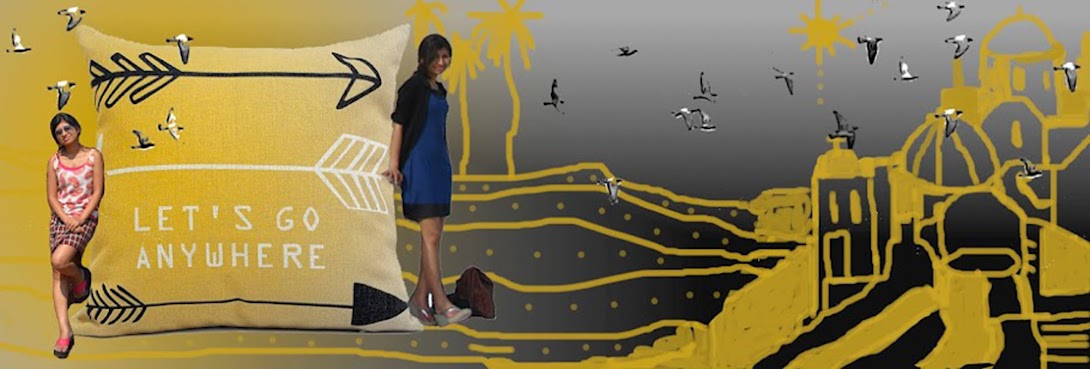Chandigarh is the only city in India that is a Union Territory, and the Capital of two states, Punjab and Haryana. Curiosity led me to research the topic, of why was Chandigarh made the capital of two states. There are many articles on it, here's mine.
Before partition, the state of Punjab included the states of Himachal Pradesh and Haryana and Lahore was its capital. After the India-Pakistan partition in 1947, Punjab was divided into West Punjab and East Punjab. West Punjab went to Pakistan and East Pakistan went to India.
Why was Punjab divided in 1947?
Punjab like Bengal had a slightly higher majority of Muslims than Hindus (about 53%: 47%). Muslim League demanded both Bengal and Punjab be given to Pakistan considering the majority. Congress contested that the majority was too insignificant. Eventually, it was decided, that Both Bengal and Punjab will be divided. Both partitions led to tragic massacres and are marked as the darkest history of India.
Why was Punjab not divided after partition?
After partition, the first Prime Minister of independent India, J. Nehru, decided not to divide Punjab, since the 1947 partition had already seen a lot of bloodshed and displacement considering there was a religious divide (Sikhs vs Hindus) as well other than the language divide (Punjabi vs Pahari vs Hindi).
Creation of Chandigarh
Since Lahore went to Pakistan, a new capital was needed. It was the first planned city of Independent India. The city was designed by Swiss-French Architect Le Corbusier.
Why was Punjab divided in 1966?
Due to political pressure, and the Sikh agitation for a separate state, Prime Minister I. Gandhi acceded to the proposal of a division. New states of Haryana and Himachal Pradesh were created. Himachal opted for Shimla as its capital. However, Punjab and Haryana contested for Chandigarh. A plebiscite was held and Chandigarh got voted as Hindi speaking majority. Punjab contested the results. Eventually, PM I. Gandhi gave Chandigarh the status of a Union Territory and granted it special status as the capital of two states.
During PM R. Gandhi's term, in 1985 the Longowal Accord was signed which among other conditions, stated Chandigarh would be given to Punjab in exchange for Hindi-speaking cities and villages to Haryana. Soon after Longowall was assassinated, unrest and terrorism engulfed the then-political scene in India. The exchange finally never took place and the status of Chandigarh remains the same to date.
 |
| Source: https://www.mapsofindia.com/maps/india/prepartitionmap.htm |

















.jpg)
